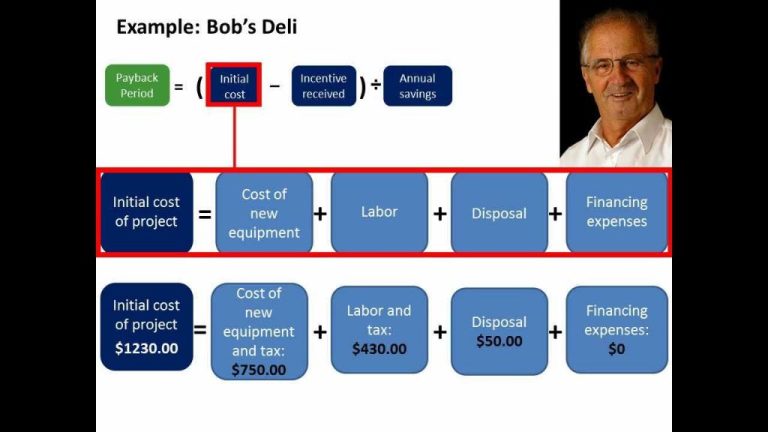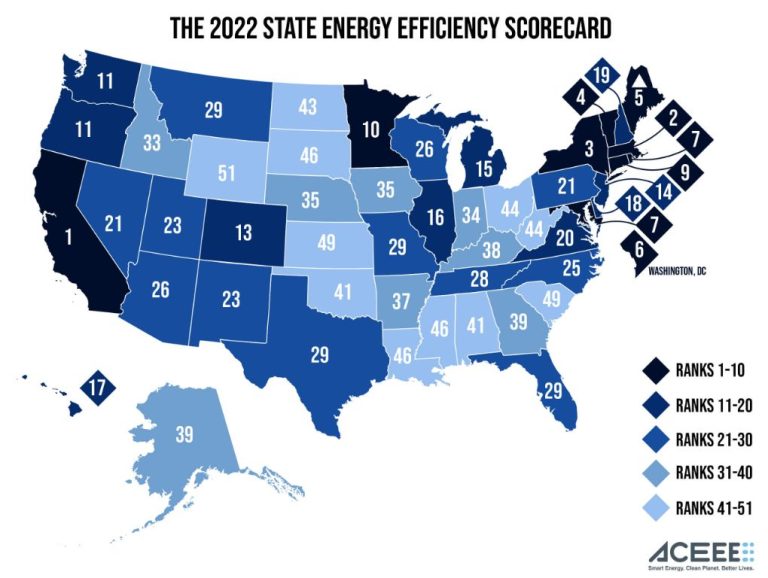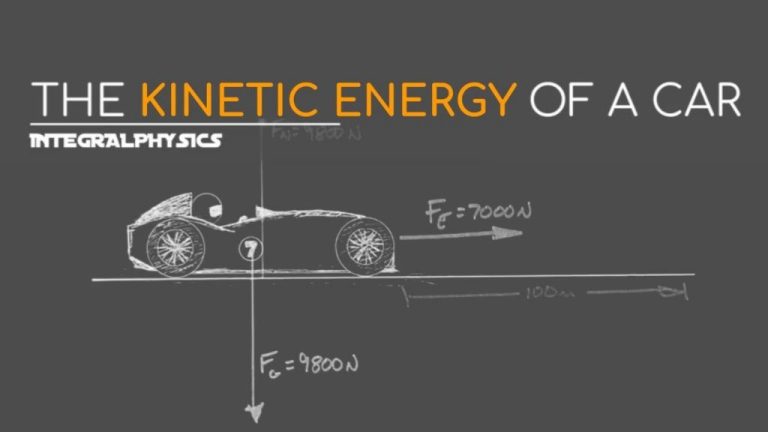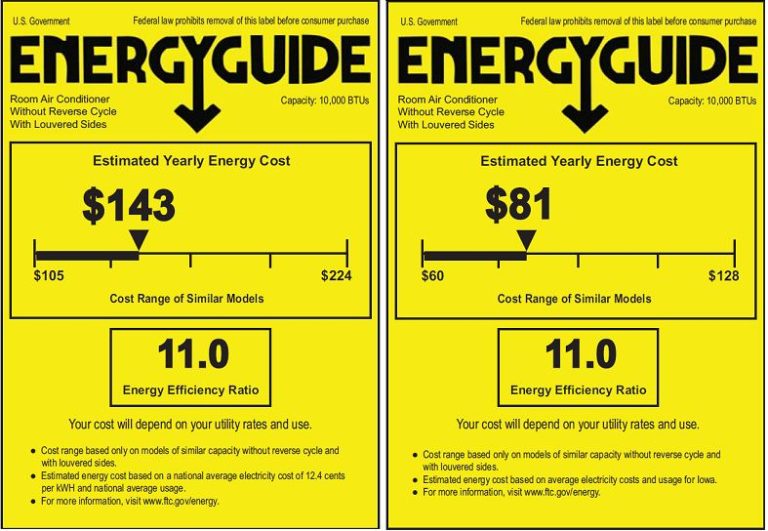What Is An Energy Resource Quizlet?
An energy resource is a naturally occurring substance that can be used as a source of energy or fuel. Energy resources are used to generate electricity, heat homes, power vehicles, and manufacture goods. Some examples of energy resources include crude oil, natural gas, coal, wind, sunlight, uranium, and geothermal heat.[1]
The purpose of an energy resources quizlet is to help study and memorize key terms and facts about energy resources. Quizlet provides digital flashcards, games, and learning tools to help people master concepts. Quizlets on energy resources can cover topics like types of resources, advantages and disadvantages, and the differences between renewable and non-renewable resources.[2]
Types of Energy Resources
Energy resources can be categorized into three main types: fossil fuels, renewable energy, and nuclear energy. Fossil fuels like coal, oil, and natural gas supply most of the world’s energy demand currently. However, fossil fuels are nonrenewable, meaning they take millions of years to form and their reserves are being depleted much faster than new ones are being made. Renewable energy sources like solar, wind, hydropower, geothermal, and biomass do not get depleted and can be replenished naturally. Nuclear energy from uranium is also considered nonrenewable but has a very high energy density. Here are the main types of energy resources:
- Fossil fuels (coal, oil, natural gas)
- Renewable energy (solar, wind, hydropower, geothermal, biomass)
- Nuclear energy
Fossil fuels currently supply about 84% of the world’s energy use. However, burning fossil fuels produces greenhouse gases that contribute to climate change. Renewable energy sources are considered cleaner alternatives that produce little to no greenhouse gases. Nuclear energy does not emit greenhouse gases either but carries risks like nuclear accidents and radioactive waste. Understanding the different types of energy resources is important for evaluating their pros and cons as the world transitions to more sustainable energy systems.
Fossil Fuels
Fossil fuels are energy resources formed from the remains of ancient plants and animals that died millions of years ago. Over time, heat and pressure turned the organic matter into coal, oil, and natural gas.
Coal is a combustible black or brownish-black sedimentary rock that forms from buried organic materials like plant matter. It is composed mainly of carbon, with variable amounts of other elements like hydrogen, sulfur, oxygen, and nitrogen. Coal is a nonrenewable energy source because it takes millions of years to form.
Oil, also known as petroleum, is a liquid fossil fuel found deep underground in porous rock formations. It is formed from the remains of ancient marine organisms like algae and zooplankton that died millions of years ago and were buried under sea beds. Under high pressure and temperature over time, the organic matter converted into crude oil.
Natural gas is a hydrocarbon gas mixture composed primarily of methane. It often occurs with deposits of petroleum and coal. Natural gas forms from the decay of organic materials like plant and animal remains over millions of years under intense heat and pressure.
Renewable Energy
Renewable energy comes from natural sources or processes that are constantly replenished. Some major types of renewable energy include:
- Solar energy – The sun’s rays can be harnessed to generate electricity and provide lighting and heating using solar panels, solar thermal collectors, and other technologies (Renewable Energy Resources Flashcards). Solar is a renewable resource since the sun’s energy will continue shining indefinitely.
- Wind energy – The kinetic energy of wind, caused by the sun heating the atmosphere, can be captured using turbines and converted into mechanical power or electricity (RENEWABLE ENERGY SOURCES Flashcards). Wind farms consist of many wind turbines and generate clean power.
- Hydropower – Flowing water contains kinetic energy that can be harnessed using turbines and generators, often by damming a river. Hydroelectric power provides about 16% of the world’s electricity.
- Geothermal energy – Thermal energy generated and stored beneath the earth’s surface can be used to produce electricity or provide direct heating and cooling. Geothermal energy comes from hot water reservoirs found a couple of miles deep into the Earth’s crust.
- Biomass – Organic plant and animal matter, such as wood, agricultural crops or waste, and municipal solid waste provide stored chemical energy that can be used to generate electricity, fuels, or heat (Renewable Resources Flashcards). Biomass can be replenished relatively quickly.
These renewable resources are considered sustainable energy sources since they are replenished naturally within a short timeframe. They produce much less pollution and carbon emissions compared to fossil fuels.
Nuclear Energy
Nuclear energy comes from the splitting of uranium atoms in a process called nuclear fission (1). Uranium is a nonrenewable energy source found in rocks and mined out of the ground. Nuclear power plants use uranium as a fuel source. The uranium is processed into pellets that are loaded into fuel rods and placed into the core of a nuclear reactor (2).
Inside the nuclear reactor core, the uranium pellets undergo controlled nuclear fission, splitting the uranium atoms apart. This fission process releases a large amount of heat energy. The heat is used to boil water into steam that spins a turbine to generate electricity. Nuclear power plants provide about 20% of electricity in the United States (3).
Compared to other energy sources, nuclear energy has some advantages and disadvantages. Nuclear power plants do not produce air pollution or carbon emissions while operating, but the mining and enrichment of uranium does require energy (4). Nuclear fission also produces radioactive waste that requires safe long-term storage. Overall, nuclear energy is considered a relatively clean energy source that can provide reliable baseline power generation.
Sources:
(1) https://quizlet.com/617649755/nuclear-energy-quizlet-erms-8-honors-flash-cards/
(2) https://quizlet.com/874377192/nuclear-energy-quizlet-flash-cards/
(3) https://www.eia.gov/energyexplained/nuclear/us-nuclear-industry.php
(4) https://www.nei.org/fundamentals/nuclear-provides-clean-air-energy
Primary vs Secondary Energy Resources
Primary energy resources refer to natural energy and fuel that has not undergone any refining or conversion process. They exist in the natural environment and are exploited with little or no modification. Examples of primary energy sources include crude oil, natural gas, coal, hydroelectric power, nuclear power, wind power, biofuels and solar power.
Secondary energy resources are those produced from primary energy sources and have undergone some form of energy conversion process. The conversion process improves their usability, portability and efficiency of the energy supply. Examples of secondary energy resources include electricity, gasoline, diesel fuel, jet fuel, heating oil, lubricants and liquefied petroleum gas.
The key difference between primary and secondary energy resources is that primary resources exist naturally while secondary resources are derived or converted from natural resources. Primary energy sources are raw fuels that contain chemical or potential energy, while secondary sources have been converted and had their usability improved through an energy transformation process.
For example, crude oil is a primary energy resource that gets refined into various secondary energy resources like gasoline, diesel and jet fuel. Coal is a primary resource that can be used to generate electricity, a secondary energy form. Understanding the difference between primary and secondary resources helps determine energy resource classifications and energy supply chains.
Nonrenewable vs Renewable
The main difference between nonrenewable and renewable energy resources is that nonrenewable resources cannot be replenished in a short period of time, while renewable resources can be replenished naturally over time. Fossil fuels like oil, natural gas, and coal are examples of nonrenewable resources. Once these resources are extracted and consumed, they cannot be replaced in a short amount of time. On the other hand, renewable resources like solar, wind, hydroelectric, geothermal and biomass can be replenished naturally. The sun will continue to provide solar energy, the wind will keep blowing, and rivers will keep flowing to produce hydroelectric power. These resources are considered renewable because they are replenished faster than they are consumed.
Nonrenewable energy resources are available in limited supplies, whereas renewable resources are unlimited and can never be exhausted as long as the processes that generate them continue. However, both renewable and nonrenewable resources require technology to convert them into usable forms of energy. The key difference is the finite versus inexhaustible nature of the resources. Using more renewable energy sources can reduce dependence on fossil fuels and sustain their supply for longer, providing more time to develop alternatives.
Advantages and Disadvantages
Different types of energy resources have their own unique pros and cons. Here are some of the main advantages and disadvantages of the major energy resource categories:
Fossil Fuels
Advantages:
- Cheap and abundant
- Established infrastructure
Disadvantages:
- Non-renewable
- Harmful emissions and pollution
Renewable Energy
Advantages:
- Clean and sustainable
- Reduced environmental impact
Disadvantages:
- Intermittent power generation
- Higher upfront costs
Nuclear Energy
Advantages:
- Low operating costs
- Reliable base load power
Disadvantages:
- Safety and security risks
- Radioactive waste management
Quizlet Formats
Quizlet offers various study modes and formats to help users learn material in an engaging way:
- Flashcards – The classic flashcard mode allows users to flip through digital flashcards to quiz themselves on terms and definitions. This is useful for memorizing facts.
- Learn – In Learn mode, Quizlet shows you the terms and you have to type in the definitions. It’s great for reinforcing knowledge.
- Scatter – Scatter presents terms scattered on the screen that you have to drag to their matching definitions. It helps with visual learning.
- Space Race – Space Race turns studying into an arcade game where you race against the clock to match terms and definitions before asteroids destroy your ship.
- Test – The Test mode allows you to take a timed test to assess your knowledge. You can customize the question types too.
- Match – In Match, you must correctly match up all the terms with their definitions under the time limit. Great for exam prep.
- Gravity – Gravity has you select the right term as terms float across the screen like asteroids. This mode adds fun to reviewing material.
With all these varied formats, Quizlet provides an engaging way to study just about any material. You can cater the modes to your personal learning style.
Source: https://quizlet.com/208105234/how-to-use-quizlet-flash-cards/
Conclusion
In this article, we covered the main types of energy resources including fossil fuels such as coal, oil and natural gas, which are nonrenewable resources formed over millions of years. We also discussed renewable energy from sources like wind, solar, hydropower, biomass and geothermal which are naturally replenished. Nuclear energy from uranium fission was explained as well.
Primary energy resources like coal and crude oil require processing to produce secondary energy sources like electricity and gasoline. It’s important to understand the advantages and disadvantages of each energy type. Fossil fuels are inexpensive and reliable but cause pollution and climate change. Renewables are clean and sustainable but can be intermittent. Nuclear provides steady carbon-free power but has waste disposal risks.
Learning about energy resources enables informed decisions about our energy mix. As citizens, we must weigh factors like cost, environmental impact and energy security. Quizlet flashcards can help memorize key facts about energy to support science and social studies coursework. Evaluating tradeoffs of energy sources is vital for building a sustainable future.






